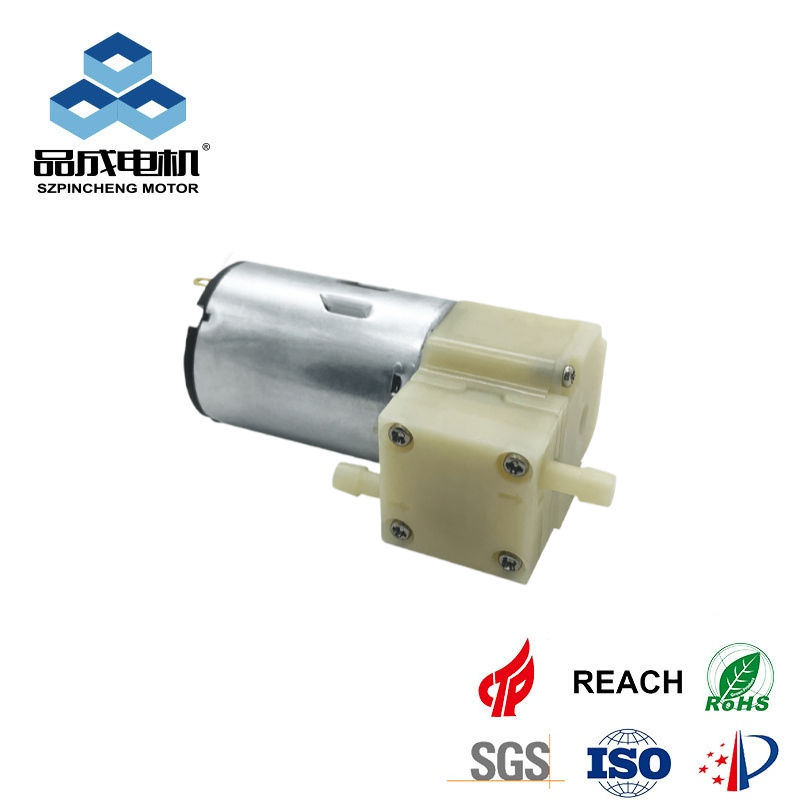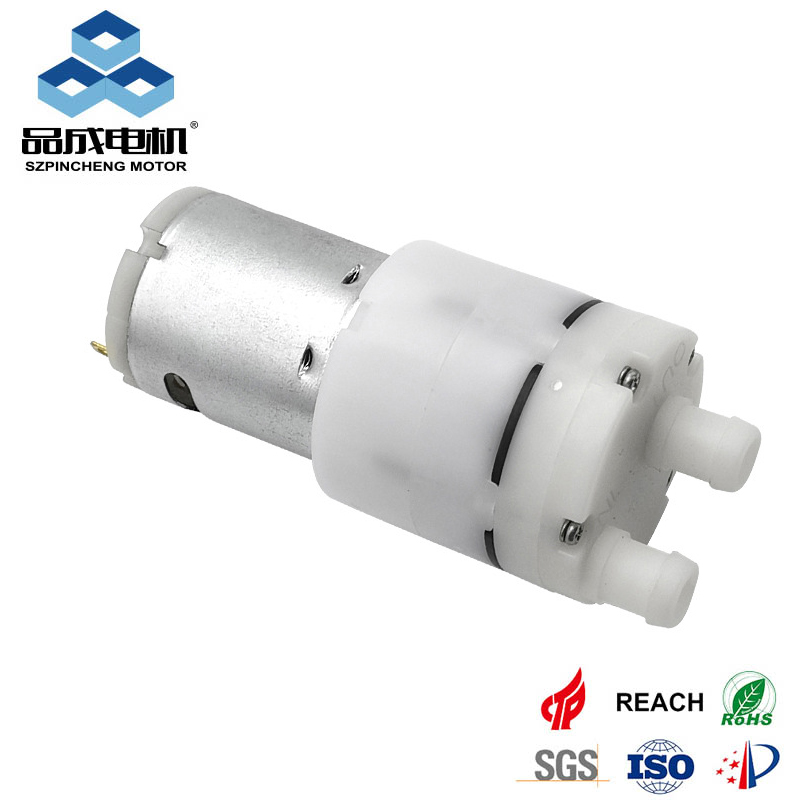1. Different voltages, different performance
To put it bluntly, the biggest difference between 24V and 12V micro water pumps is their operating voltage. It's like household appliances: some use regular outlets, while others require dedicated air conditioner outlets. This difference in voltage directly affects the water pump's power consumption and heat generation.
For example: For a water pump of the same power rating, a 24V version draws only half the operating current of a 12V version. Lower current reduces heat generation, making it ideal for applications requiring long wiring runs or 24/7 operation, such as the currently popular battery cooling systems for new energy vehicles or large air conditioners in shopping malls.
2. Performance comparison: Each has its own advantages
When it comes to performance, a 24V water pump is undoubtedly more powerful. Just like driving uphill, a car with a larger engine displacement will undoubtedly have more power. Test data from a popular model shows that the 24V version's maximum flow rate is 20% higher than the 12V version, increasing from approximately 41L/min to 49L/min.
However, 12V water pumps are not completely useless! Because they operate at a lower current, 24V water pumps generate less heat and naturally have a longer lifespan. Mainstream water pumps now use brushless motor technology, much like electric vehicles are more advanced than fuel-powered vehicles. Not only are they more energy-efficient (with a 25%-35% improvement in energy efficiency), but because they lack carbon brushes to wear out, they can operate for tens of thousands of hours without maintenance.
3. Application Scenarios: Find the Right Application
12V water pumps are best suited for:
Home appliances: Automatic coffee maker refills, water dispenser circulation
Bathroom fixtures: Smart toilet flushing
Bedroom favorites: Water-heated mattress circulation systems
24V water pumps are popular for:
New energy vehicle cooling systems
Large air conditioners in shopping malls and office buildings
Refrigeration equipment in factories
4. Technical Highlights: Worth Noting
These days, good water pumps are as smart as smartphones! For example:
Quieter than a library (<40 decibels)
Steplessly adjustable speed for any desired flow rate
Excellent electromagnetic compatibility, no interference with other equipment
5. Safe, durable, and reliable
Both pumps are extremely safe, with voltages within the safe range. Furthermore:
Waterproof to the highest level (IP68), they're perfect for showering.
Using high-temperature-resistant materials, they withstand winter freezes and summer heat.
With built-in protection circuitry, they offer no short-circuit risks.
6. Buying Guide: Just follow these instructions.
First, consider the power supply.
Is the device powered by 12V? Choose a 12V pump.
Is the device powered by 24V? Choose a 24V pump.
Next, consider your needs.
Do you need high power and high flow? Choose a 24V pump.
Do you need energy-saving and compact size? Choose 12V
Usage Environment
For damp locations (such as kitchens and bathrooms): Choose a waterproof model.
For noise-sensitive locations (such as bedrooms): Choose a silent version.
Budget Considerations
For home use seeking value for money: 12V is more cost-effective. For commercial use seeking long-term energy savings: 24V is more worthwhile.
To summarize:
Simply put, a 24V water pump is like an SUV: powerful, capable of hauling and running, suitable for heavy work. A 12V water pump is like a family sedan: flexible and fuel-efficient, making it the most cost-effective for everyday use. Choosing a pump depends on your specific needs. Just like choosing a car, there's no such thing as the best, only the most suitable.
When purchasing, it's recommended to clearly explain your needs to the customer service representative so they can recommend the most suitable model. This way, you can meet your needs without wasting money.
you like also all
Read More News
Post time: Oct-21-2025




